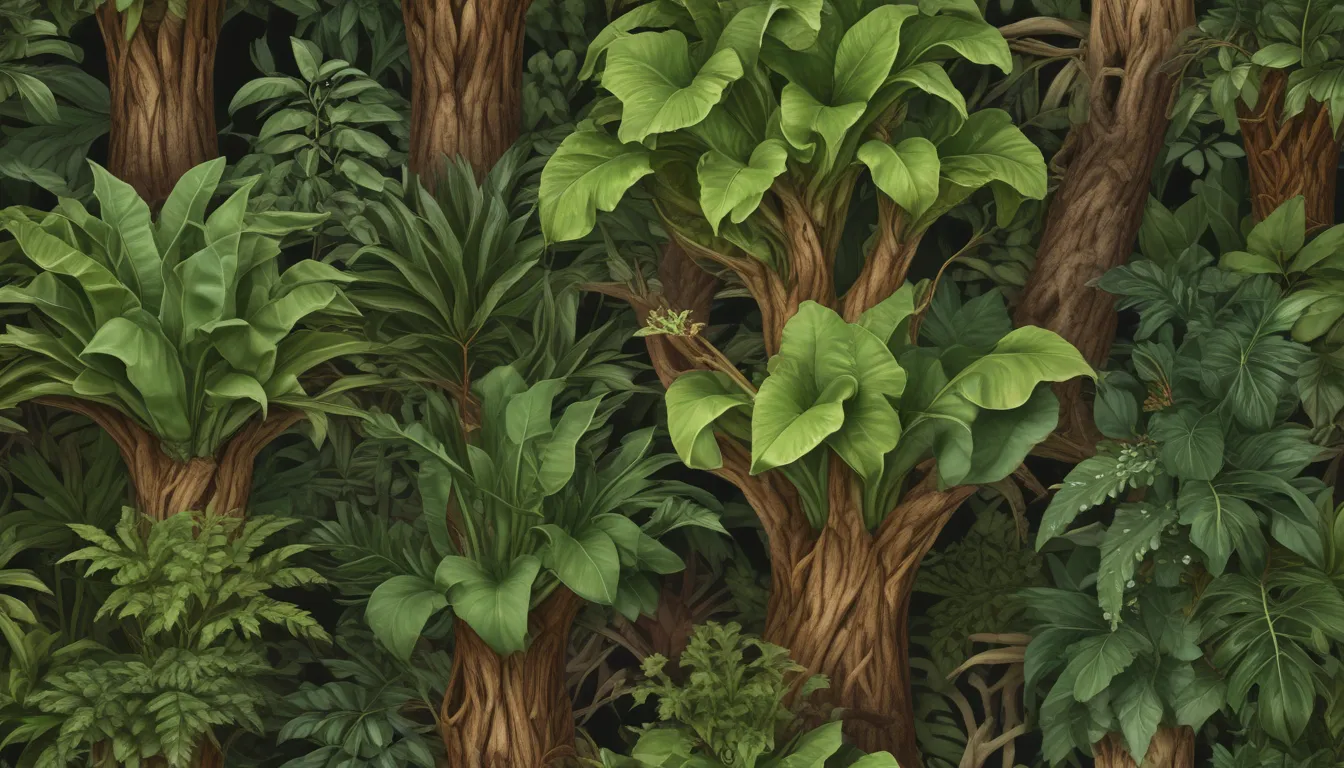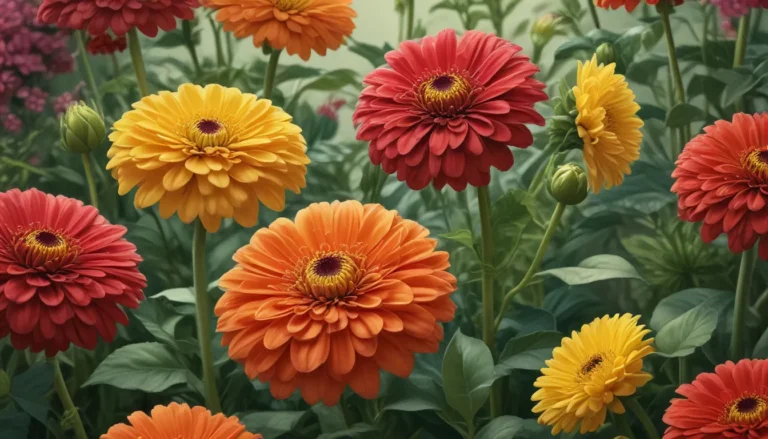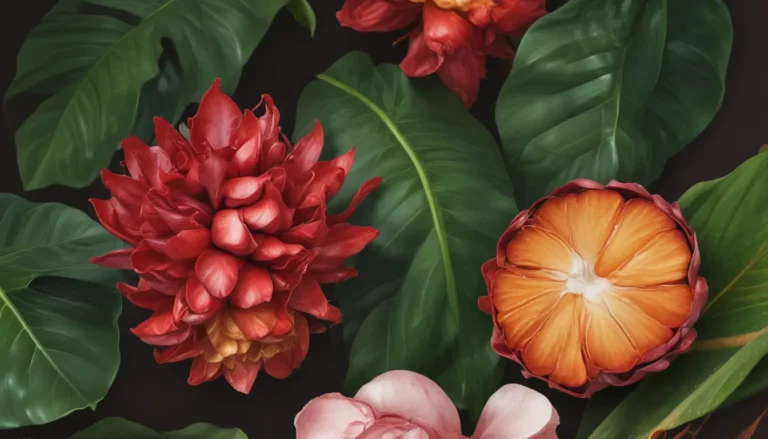The pictures we use in our articles might not show exactly what the words say. We choose these pictures to make you interested in reading more. The pictures work together with the words but don’t take their place. The words still tell you the important facts.
Staghorn ferns have captured the hearts of plant enthusiasts and casual observers alike with their unique appearance and growth habits. These captivating plants, belonging to the genus Platycerium, are native to tropical regions worldwide and are known for their distinctive antler-like fronds. In addition to their striking looks, staghorn ferns possess a host of intriguing qualities that set them apart in the botanical world. From their epiphytic nature to their air-purifying abilities, there is much to uncover about these remarkable ferns. Join us as we delve into the enchanting world of staghorn ferns and unveil the secrets behind their captivating nature.
Exploring the World of Staghorn Ferns
Staghorn Ferns are unique plants that can grow on other objects, making them a fascinating addition to any space. Their ability to purify the air makes them ideal for indoor environments. These ferns are easy to care for and can live for many years with the right conditions. Their antler-like fronds and adaptive growth on various surfaces make them a beautiful and versatile choice for plant lovers.
Staghorn Ferns: The Epiphytes of the Plant World
Staghorn Ferns are not rooted in the ground like conventional ferns; instead, they grow on other plants or objects by attaching their roots. This unique adaptation allows them to thrive in diverse environments, adding a touch of natural beauty wherever they grow.
The Antler-Like Fronds of Staghorn Ferns
The fronds of the Staghorn Fern resemble the antlers of a stag, hence their name. These fronds can span up to three feet in length, boasting a beautiful green color that adds elegance to any space where they are displayed.
Purifying the Air with Staghorn Ferns
Staghorn Ferns are known for their exceptional ability to purify the air by removing toxins and pollutants. They effectively absorb harmful substances such as formaldehyde and xylene, making them a valuable addition to any indoor environment.
Unveiling the Origins of Staghorn Ferns
These fascinating plants are native to tropical regions like Southeast Asia, Australia, and Africa. Thriving in warm and humid conditions, staghorn ferns are popular choices for indoor gardening in households with suitable climates.
Propagating the Beauty of Staghorn Ferns
Staghorn Ferns can be easily propagated by dividing the plant or using spores. By following simple steps, you can create new plants and expand your staghorn fern collection, spreading their beauty throughout your living space.
Growing Staghorn Ferns on Various Surfaces
Staghorn Ferns are versatile plants that can be mounted on wooden boards, tree stumps, or directly on walls. Their adaptability allows them to grow in different ways, enhancing the aesthetic appeal of any space they inhabit.
Providing the Right Light for Staghorn Ferns
While Staghorn Ferns thrive in bright spaces, they prefer indirect sunlight. Placing them near a window with filtered light or in a well-lit room ensures optimal growth and overall health for these stunning plants.
Mastering the Art of Watering Staghorn Ferns
Staghorn Ferns have specific watering requirements. They should be thoroughly watered but allowed to dry out between waterings to prevent root rot. Finding the right balance is essential for maintaining the health of your Staghorn Fern.
Incorporating Staghorn Ferns into Living Walls
Living walls, also known as vertical gardens, are a popular trend in indoor spaces. Staghorn Ferns can be integrated into these living walls, bringing a touch of natural beauty and enhancing the overall aesthetic of the space.
Enjoying the Longevity of Staghorn Ferns
With proper care, Staghorn Ferns can live for several decades, providing endless beauty to your indoor or outdoor garden. By offering them the right conditions and regular maintenance, you can appreciate their unique allure for years to come.
Embracing the Charm of Staghorn Ferns
In conclusion, Staghorn Ferns are fascinating plants that captivate plant enthusiasts with their unique characteristics and adaptable growth habits. Whether mounted on a wooden board, hung in a basket, or displayed on a tree trunk, these tropical epiphytes add a touch of elegance to any botanical collection. Their air-purifying properties, adaptability to different light conditions, and low maintenance requirements make them a perfect choice for both novice and experienced plant lovers. Why not embrace the beauty and charm of the Staghorn Fern and add a touch of sophistication to your indoor oasis?
Frequently Asked Questions
-
How often should I water my Staghorn Fern?
Staghorn Ferns require regular watering, but be cautious not to overwater them. In general, thoroughly water them once a week, ensuring that the roots and fronds are completely soaked. Adjust watering frequency based on environmental factors like temperature and humidity. -
Can I grow a Staghorn Fern indoors?
Yes, Staghorn Ferns can thrive indoors. They prefer bright, indirect light, so position them near a window with filtered sunlight. Additionally, maintain a humid environment by misting the fronds or placing a tray of water close by. -
How do I fertilize my Staghorn Fern?
Fertilizing your Staghorn Fern is crucial for its growth and health. Dilute a balanced liquid houseplant fertilizer to half strength and apply it every 2-3 months during the growing season (spring and summer). Avoid direct contact with the fronds and apply the fertilizer around the base of the plant. -
Can I mount my Staghorn Fern on a wooden board?
Yes, mounting a Staghorn Fern on a wooden board is a popular and visually appealing display method. Secure the plant by attaching it to the board with sphagnum moss or coconut fiber and nylon fishing line. Ensure the board is sturdy and well-drained to prevent moisture retention. -
How do I propagate my Staghorn Fern?
Propagating a Staghorn Fern can be done through division or spores. To divide the plant, gently separate the offshoots or “pups” from the main plant and plant them in a well-draining medium. Alternatively, collect spores from the underside of mature fronds and sow them to cultivate new plants.
Discover More with Staghorn Ferns
If you’re enchanted by Staghorn Ferns, consider exploring other captivating tropical plants like Bromeliads. Create a lush indoor jungle with our collection of houseplant facts and unveil the surprising world of ferns. From their unique growth habits to their air-purifying properties, there’s always more to learn about these incredible plants.
Striving for Excellence
We are dedicated to delivering trustworthy and engaging content that enriches your knowledge and appreciation for the botanical world. Each fact on our site is contributed by real users like you, ensuring a diverse range of insights and information. Our commitment to quality is upheld by meticulous editorial reviews that guarantee accuracy and reliability in every piece of content we share. Embrace the journey of exploration and discovery with us as we uncover the wonders of nature together.






